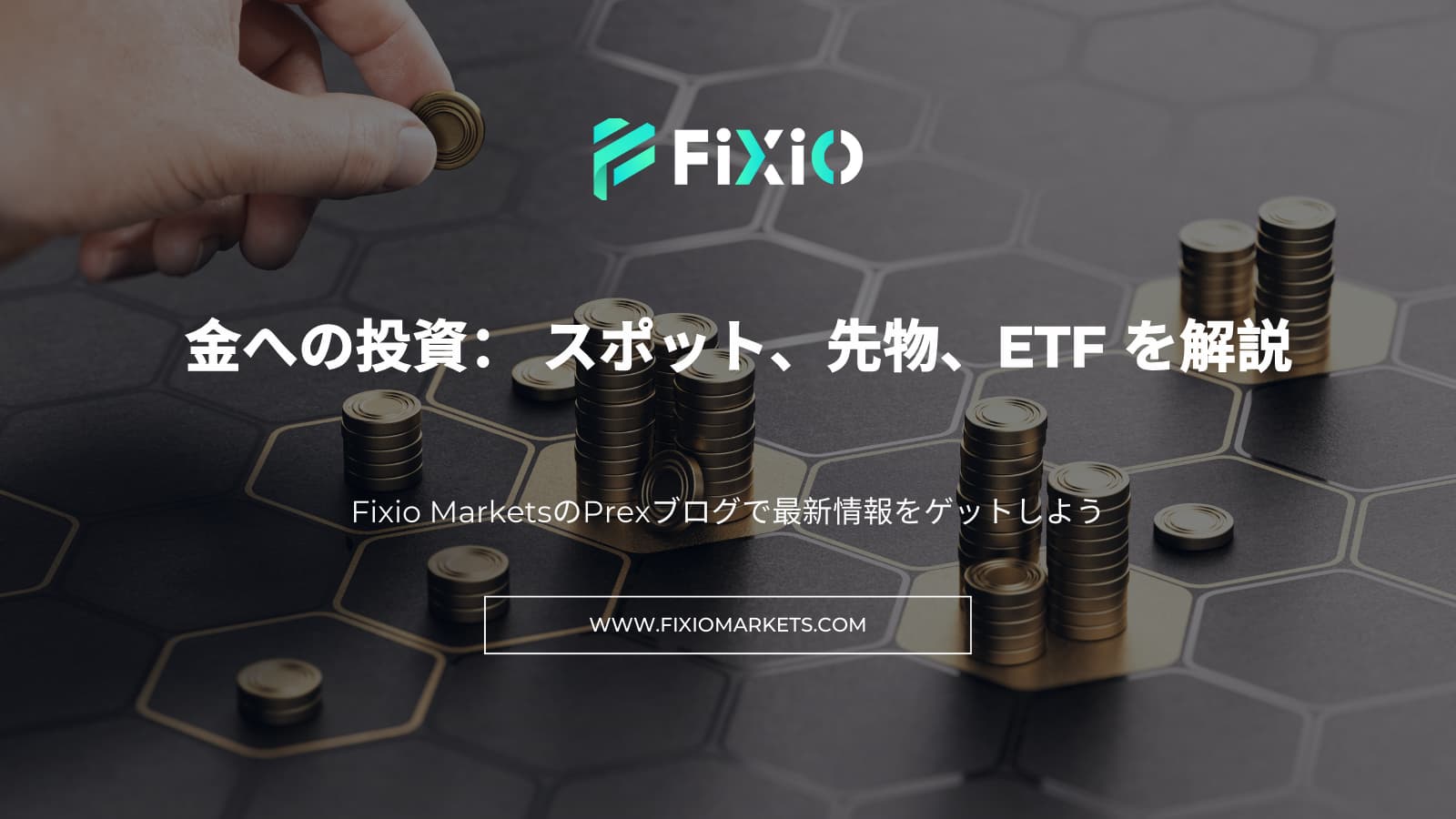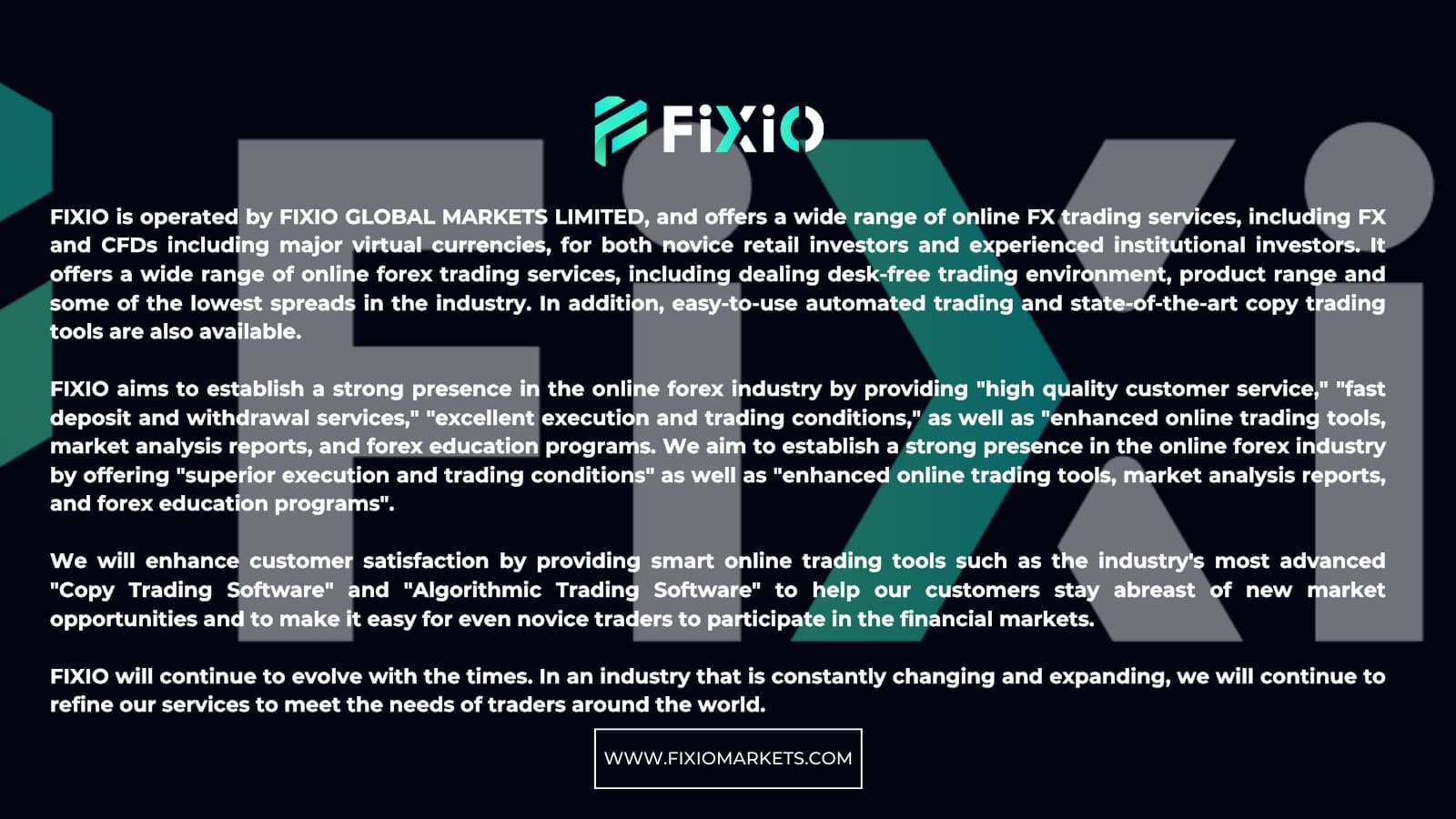
Gold has always been a valuable asset for investors, especially during times of uncertainty. The yellow metal hit a new record high above $2,600 per ounce, driven by expectations of U.S. interest rate cuts and global geopolitical tensions. As prices continue to rise, many investors are wondering how they can gain exposure to this precious metal. Below are the most common ways to invest in gold.
One of the most straightforward ways to invest in gold is through the spot market, where large buyers and institutional investors purchase gold from big banks. Prices in the spot market are determined in real time by supply and demand. The London Bullion Market Association (LBMA) plays a crucial role in setting standards for trading and facilitating over-the-counter transactions. Key hubs for spot gold trading include London, China, India, and the United States.
Another avenue for investing in gold is the futures market, where investors can buy or sell gold at a predetermined price on a future date. COMEX, a part of the New York Mercantile Exchange (NYMEX), is the largest platform for gold futures. Other important futures exchanges include the Shanghai Futures Exchange and the Tokyo Commodity Exchange (TOCOM).
For those who prefer not to hold physical gold, Exchange Traded Products (ETPs) and Exchange Traded Funds (ETFs) offer an alternative. These products allow investors to gain exposure to gold prices without taking physical delivery. Global physically backed gold ETFs have seen consistent inflows, making them a popular option for institutional and retail investors alike.
Retail consumers can buy physical gold in the form of bars and coins from metals traders, either online or in-store. Both bars and coins offer an effective way to hold physical gold, providing a hedge against market volatility and a store of value.
Several factors influence gold prices, including market sentiment, foreign exchange rates, and monetary policies. Rising interest from investment funds and speculative buying can drive prices higher. Additionally, gold serves as a hedge against currency market fluctuations, particularly in relation to the U.S. dollar. Political tensions and central bank actions, such as interest rate cuts, also play a significant role in gold price movements.
Don’t miss out on the latest trends in the gold market and Forex trading. For more insights, visit our website here: https://fixiomarkets.com/en/prex-blogs.


Learn the top ways for investing in gold, including the spot market, futures, and ETFs. Understand key drivers influencing gold prices.
Superior trade execution & trading conditions with the NDD method.

The online FX industry provides a platform for investors worldwide to engage in the buying and selling.

Subscribe to our daily newsletter and get the best forex trading information and markets status updates
Trade within minutes!
Comment (0)